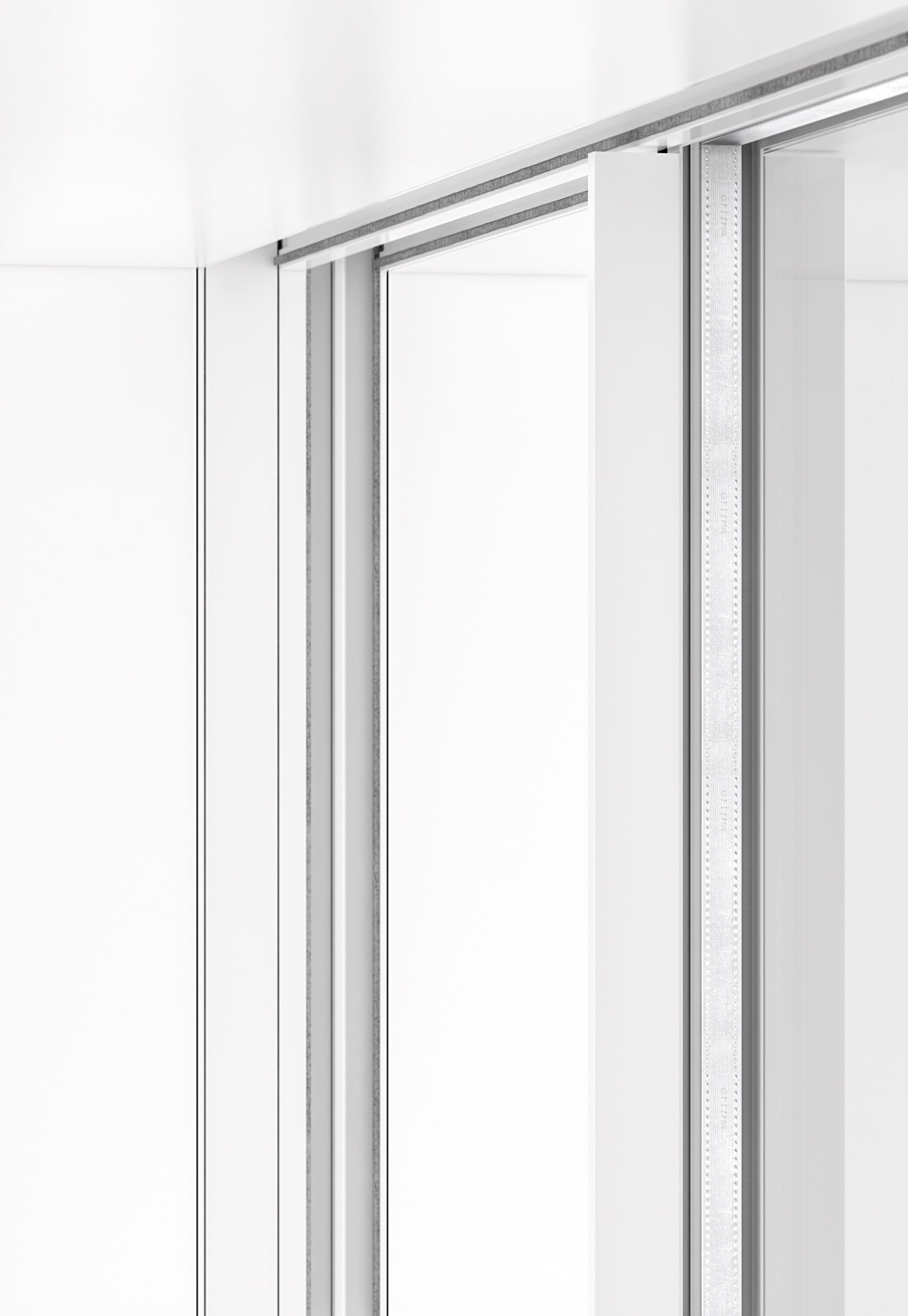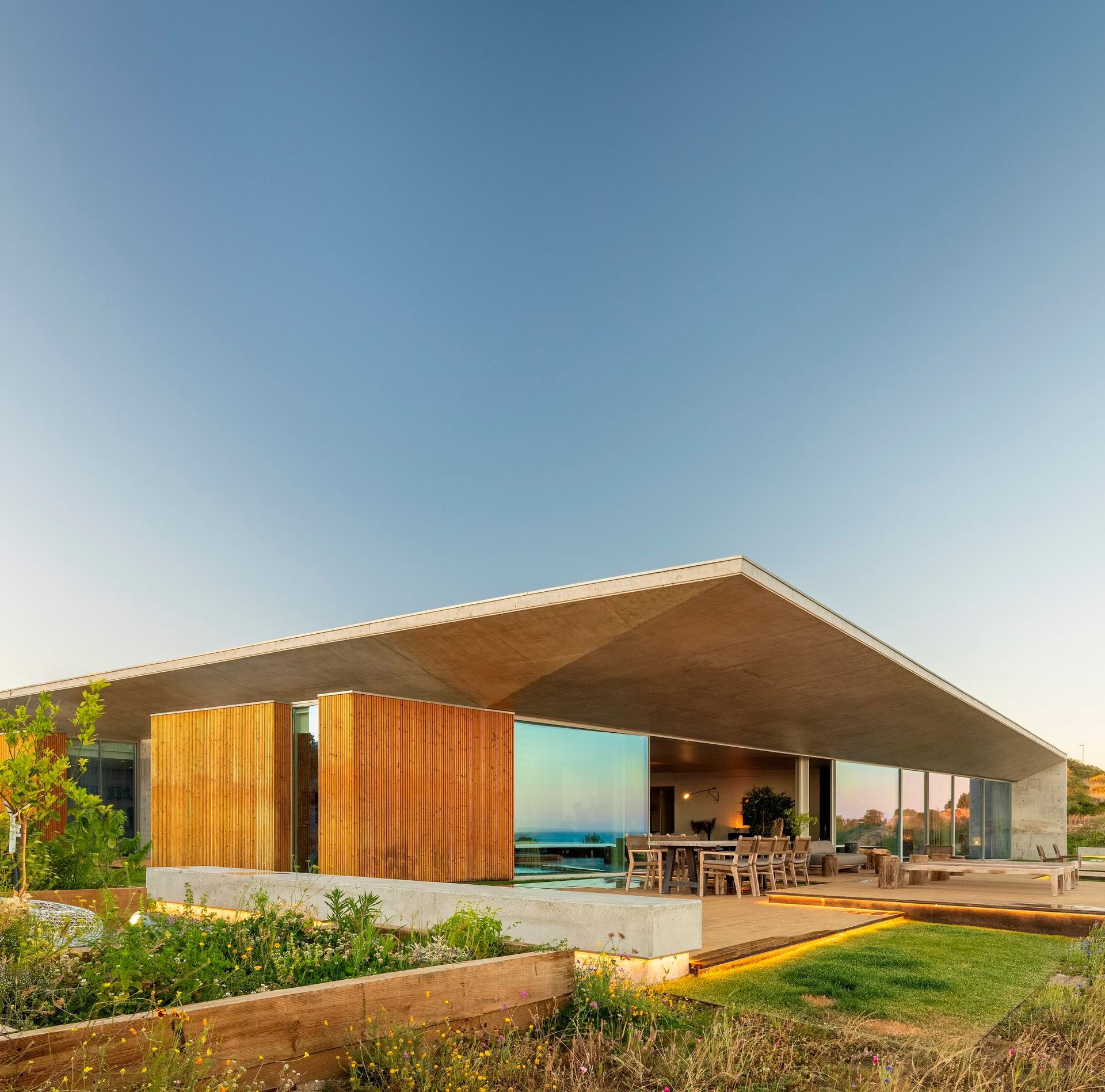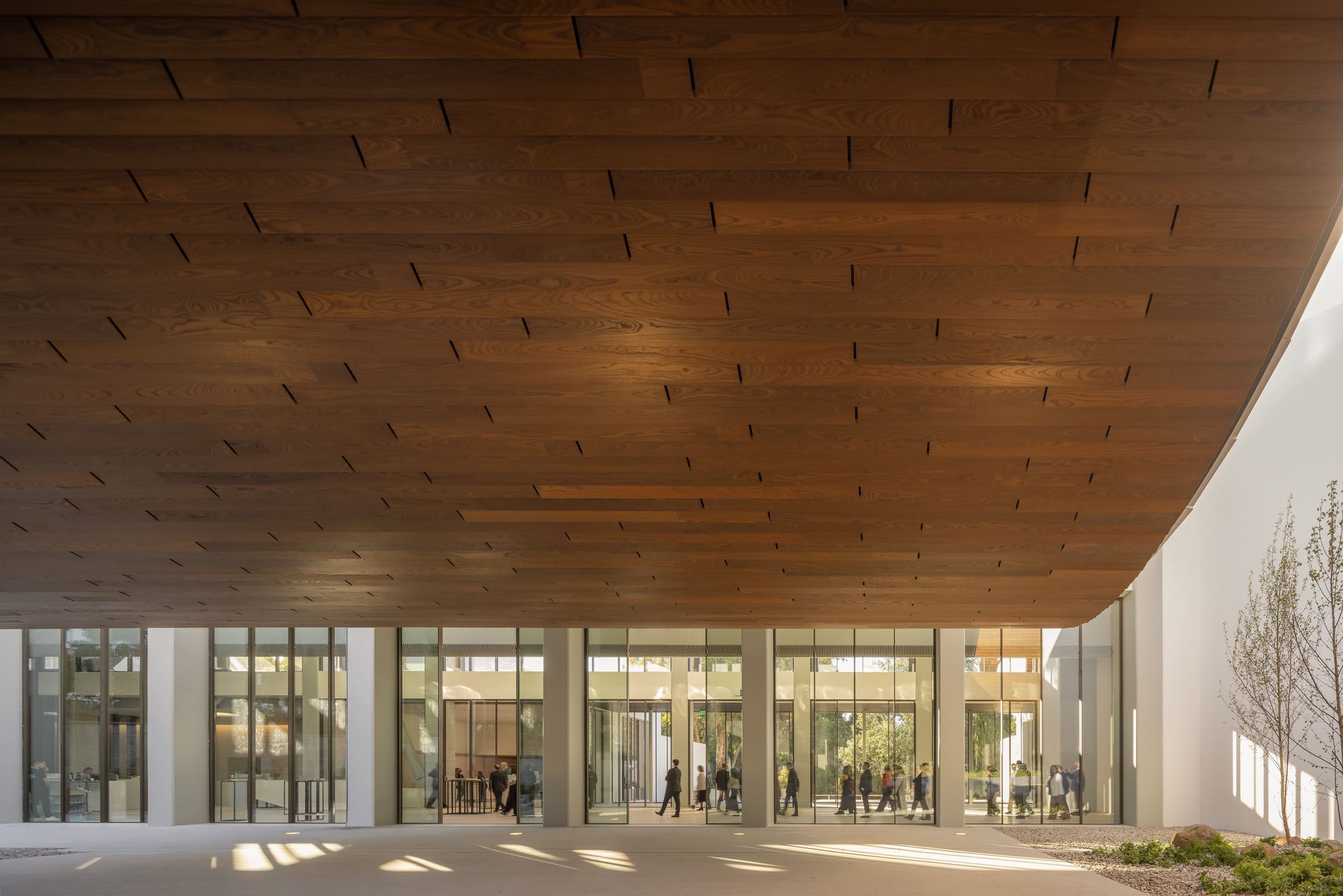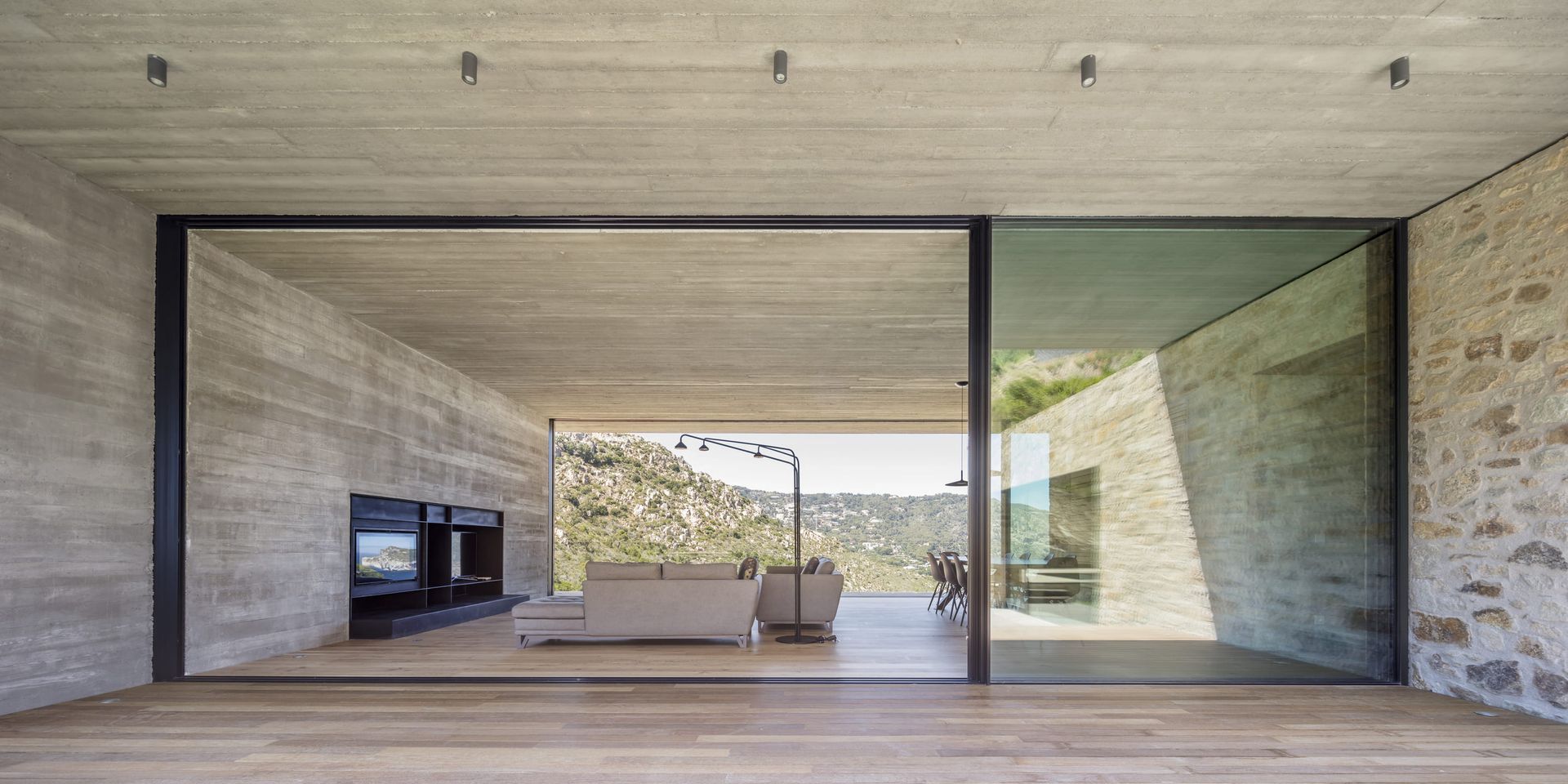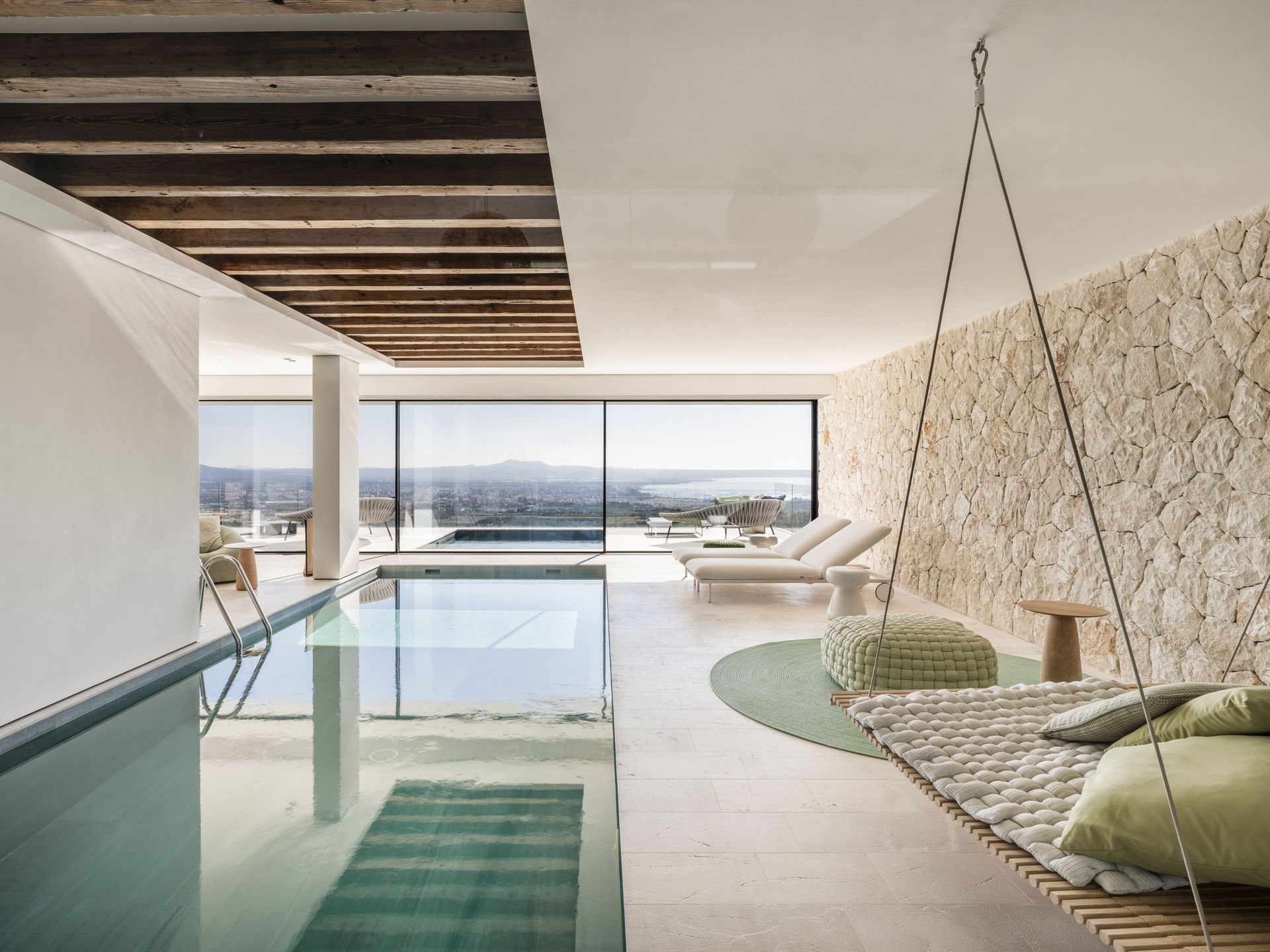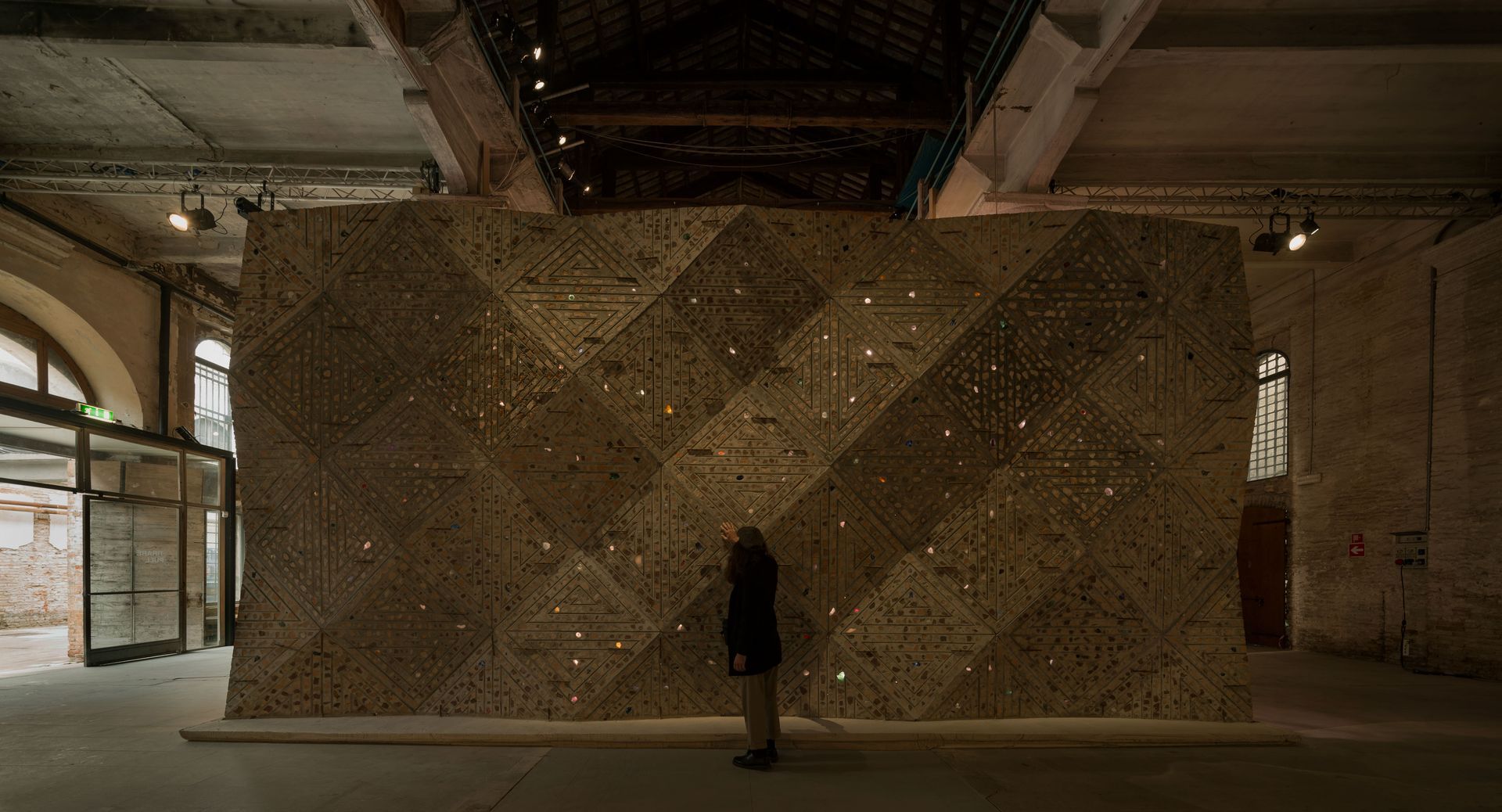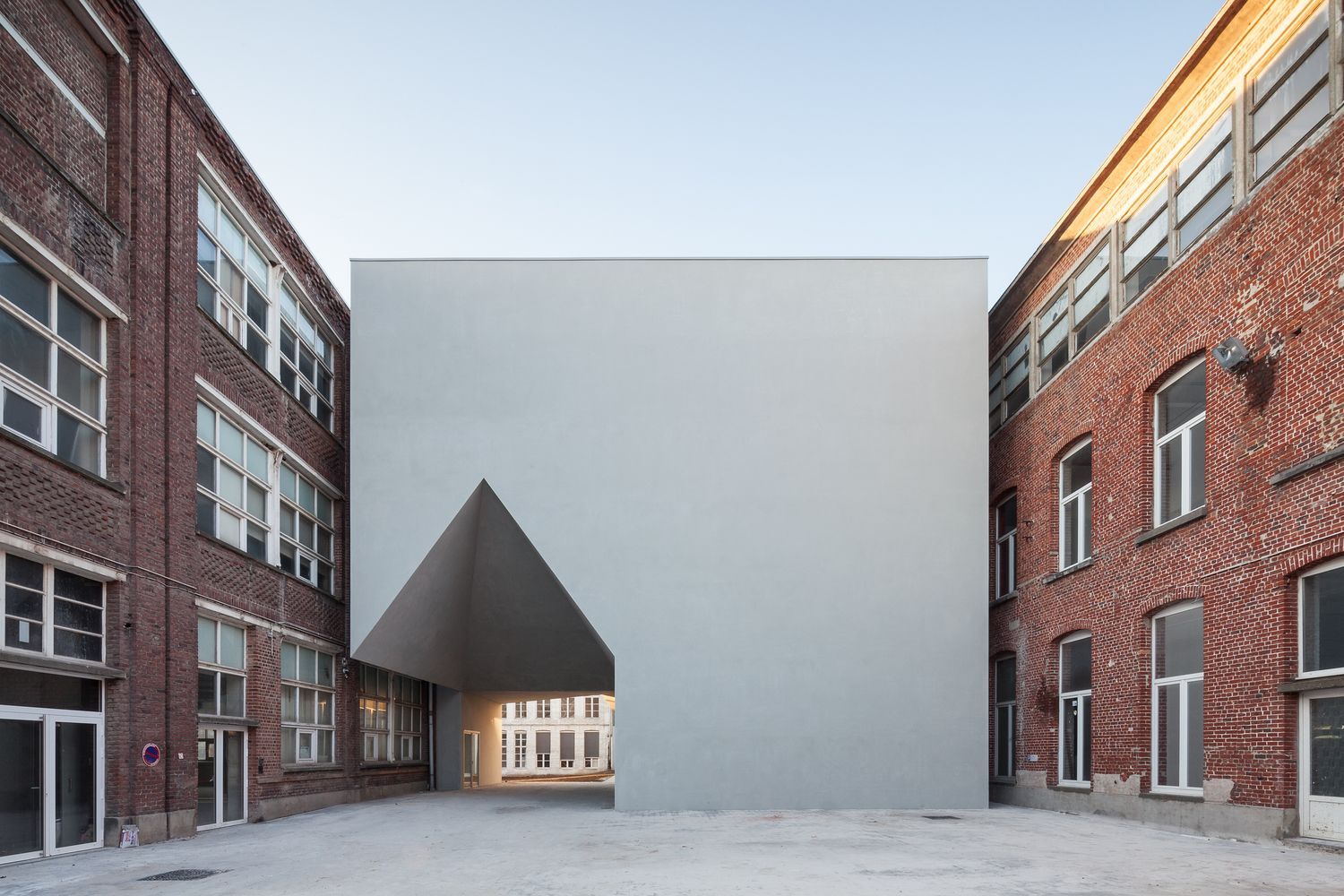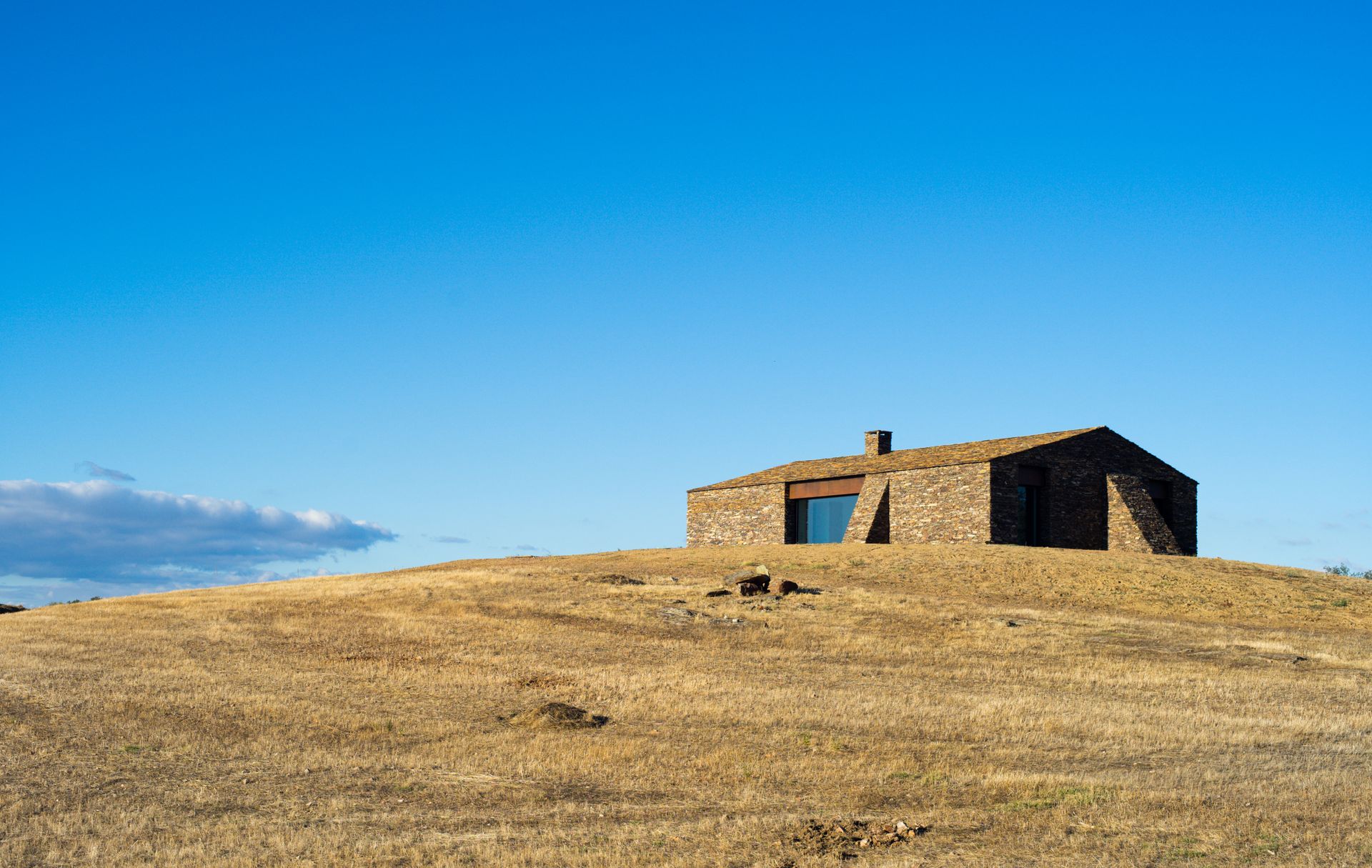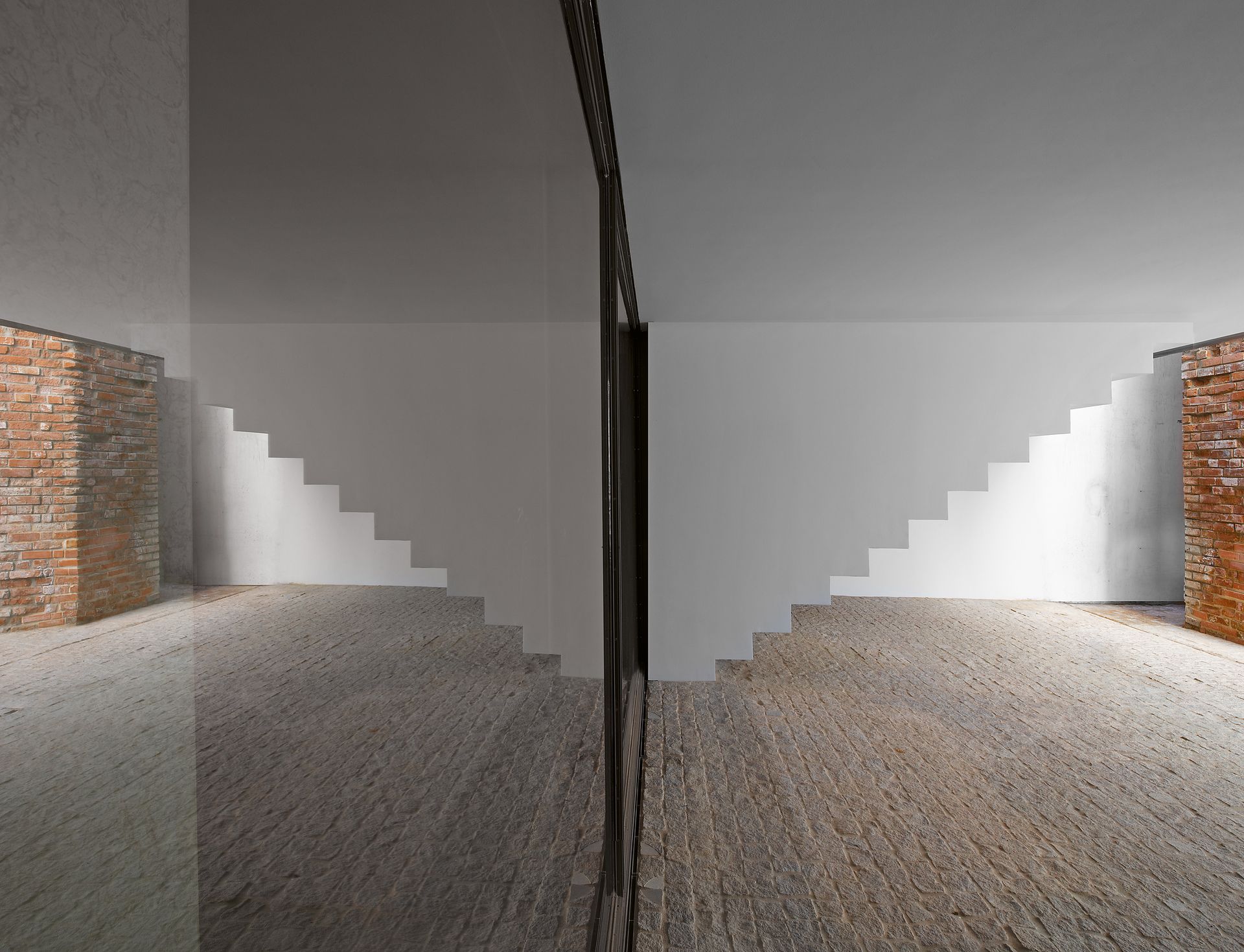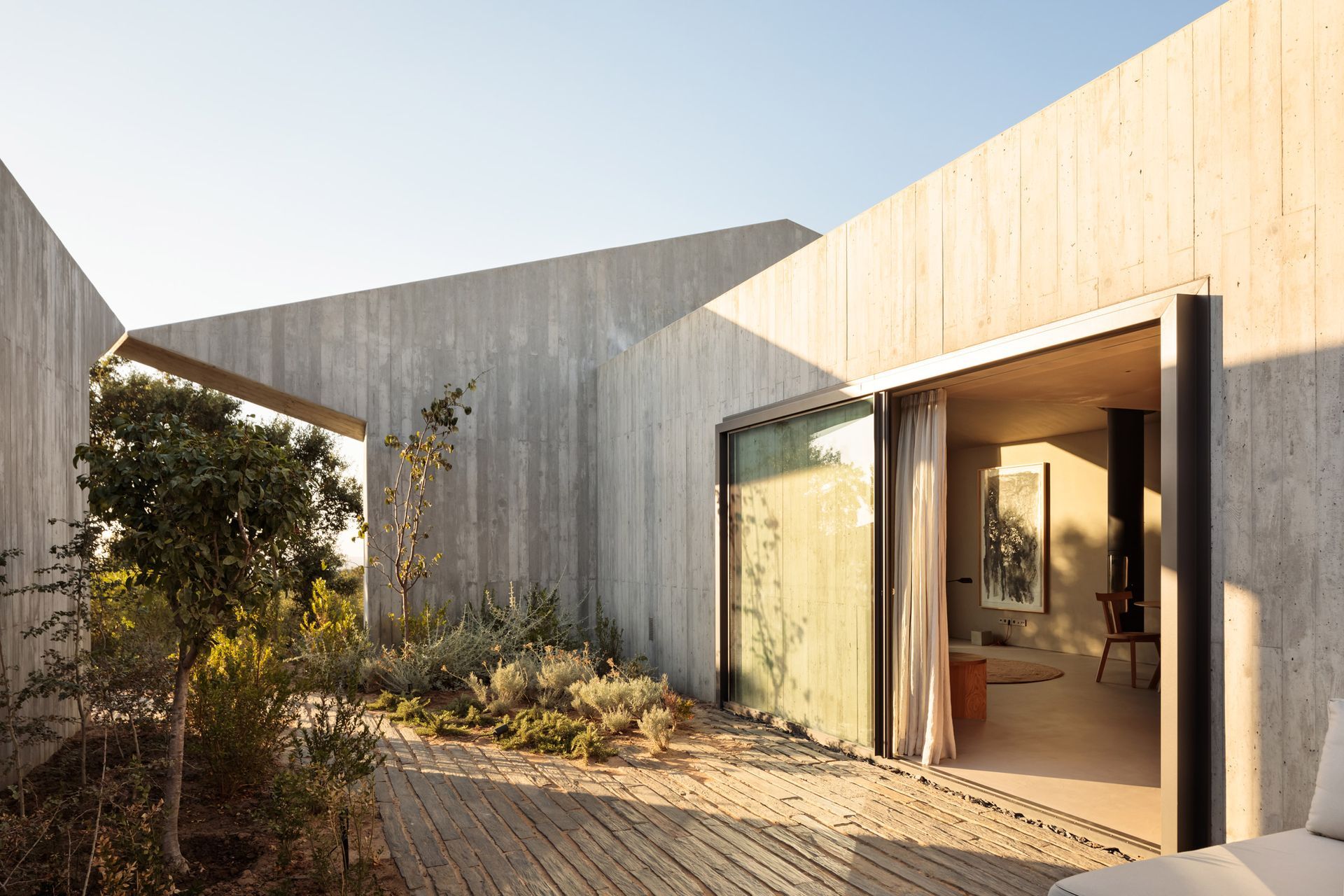Celebrating Minimalism: A Selection Of Captivating Projects
In architecture and design, minimalism is not a new principle; quite the opposite has been practised for thousands of years. The belief that "less is more" has inspired designers to create spaces focusing on simplicity, functionality, and the beauty of essential elements.
One material that perfectly embodies this philosophy is concrete. Its clean lines, raw texture, and versatility have made it a favourite among architects and designers seeking to create minimalist masterpieces. In this article, we will explore a selection of captivating concrete projects that demonstrate the power of volumes, visual play, empty spaces, and the interplay of light, all in line with the ethos of minimalism.
OTIIMA's selection begins with the Université Catholique de Louvain's Tournai campus in Western Belgium, an exceptional example of minimalist architecture. Its design revolves around geometric purity, using concrete as the primary building material. Solid volumes, frameless irregularly OTIIMA-shaped windows and voids create a striking visual impact, while the large windows invite natural light to illuminate the interior spaces. The simplicity of the Tournai campus showcases how minimalism can be achieved through a thoughtful arrangement of forms and spaces.
The Serene Retreat:
Next, we explore a minimalist concrete Tapada das Relvas House project focusing on creating a serene retreat. The design employs concrete walls that seamlessly blend with the surrounding landscape. The structure's clean lines and smooth surfaces enhance the interplay between light and shadow, inviting a sense of calmness and relaxation. By embracing minimalism, this project emphasises the importance of creating spaces that foster peace and contemplation.
The Urban Oasis
Urban spaces often present a challenge when incorporating minimalism. However, the Campo de Ourique in Lisboa project demonstrates how concrete can transform even the busiest environments into peaceful retreats. The design team crafted a space that embraces simplicity and functionality by utilising concrete as a structural and aesthetic element. The deliberate use of empty spaces and strategic greenery placement allows nature to coexist harmoniously with the urban landscape, providing a calming refuge amidst the bustling city.
The Ethereal Gallery:
Concrete and stone can transform a space into an ethereal gallery within minimalist interiors. The Melides House project exemplifies how strategically using these materials can shape a captivating environment. The interplay between solid walls, sleek surfaces, and carefully placed stone accents creates a dynamic visual experience. Natural light, filtered through large OTIIMA minimal windows, dances across the textured surfaces, accentuating the beauty of the materials and nature displayed within the space.
